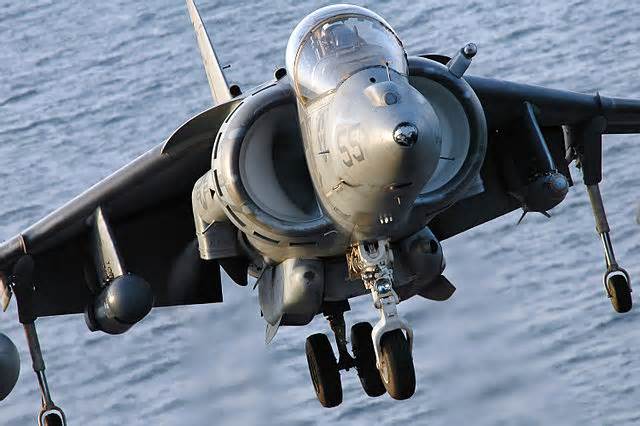The U. S. military has targeted radar sites operated through Yemen’s Houthi rebels, following a series of attacks on advertising ships in the Red Sea. The action comes as the Houthis have stepped up their attacks, allegedly in reaction to the ongoing standoff between Israel and Hamas. even when their targets come with ships and sailors not affiliated with the war.
The U. S. Central Command showed that the measures had destroyed seven radars in Houthi-controlled territory. These radars, according to Central Command, allowed the Houthis to target maritime vessels and posed a serious risk to maritime advertising. The quick strategies used to destroy those sites were not disclosed, and Central Command did not respond to requests for additional details.
In addition to the radar sites, U. S. forces also neutralized two bomb-laden drones in the Red Sea and shot down a Houthi-launched drone over the waterway. These moves underscore the heightened alertness and proactive measures taken through the U. S. military. Maritime routes fundamental to world trade.
The Houthis, who have controlled Yemen’s capital Sana’a since 2014, have not declared the U. S. measures or reported military losses. This trend of non-disclosure has been consistent since the U. S. began its air crusade against the group.
The urgency of the U. S. military’s reaction was further highlighted in a recent attack on the Greek-owned, Liberian-flagged bulk carrier Tutor. A Houthi drone struck the ship, causing a sailor to go missing. The team abandoned ship and was rescued via the USS Philippine Sea and its allied forces. The Guardian remained adrift in the Red Sea, slowly taking on water.
Since November, the Houthis have carried out more than 50 attacks on ships, resulting in the deaths of three sailors, the seizure of one ship and the sinking of another, according to the U. S. Maritime Administration. This series of competitive moves required a reaction from the company by the United States and its allies to ensure the protection of maritime navigation in those important waterways.
The broader context of the standoff includes the devastating war in Gaza, in which more than 37,000 Palestinians were killed, according to Gaza health officials, following an attack by Hamas militants on Israel that left about 1,200 dead and 250 taken hostage. The Houthis say their attacks are in solidarity with Palestinians in Gaza, but their movements threaten foreign shipping and exacerbate regional instability.
“The Houthis claim to be acting on behalf of the Palestinians in Gaza, but they are attacking and risking the lives of third-country nationals who have nothing to do with the fighting in Gaza,” Central Command said. The current risk to foreign industry is making it more difficult to deliver much-needed aid to the other peoples of Yemen and Gaza. “
The U. S. measures are part of a broader effort to counter the Houthi threat in the region. The U. S. military, in coordination with its foreign components, has increased its presence and willingness to protect maritime traffic in the Red Sea and the Gulf of Aden. It aims to deter further Houthi attacks and ensure the passage of ships through those critical sea lanes.
The Houthis’ increasing use of complex weapons, adding drones and radar-guided missile systems, poses a complex challenge for the United States and its allies. The destruction of these systems is considered a step to reduce the immediate risk to shipping and save it. additional climbing.
© 2024 Business Times All Rights Reserved. Play without permission.

